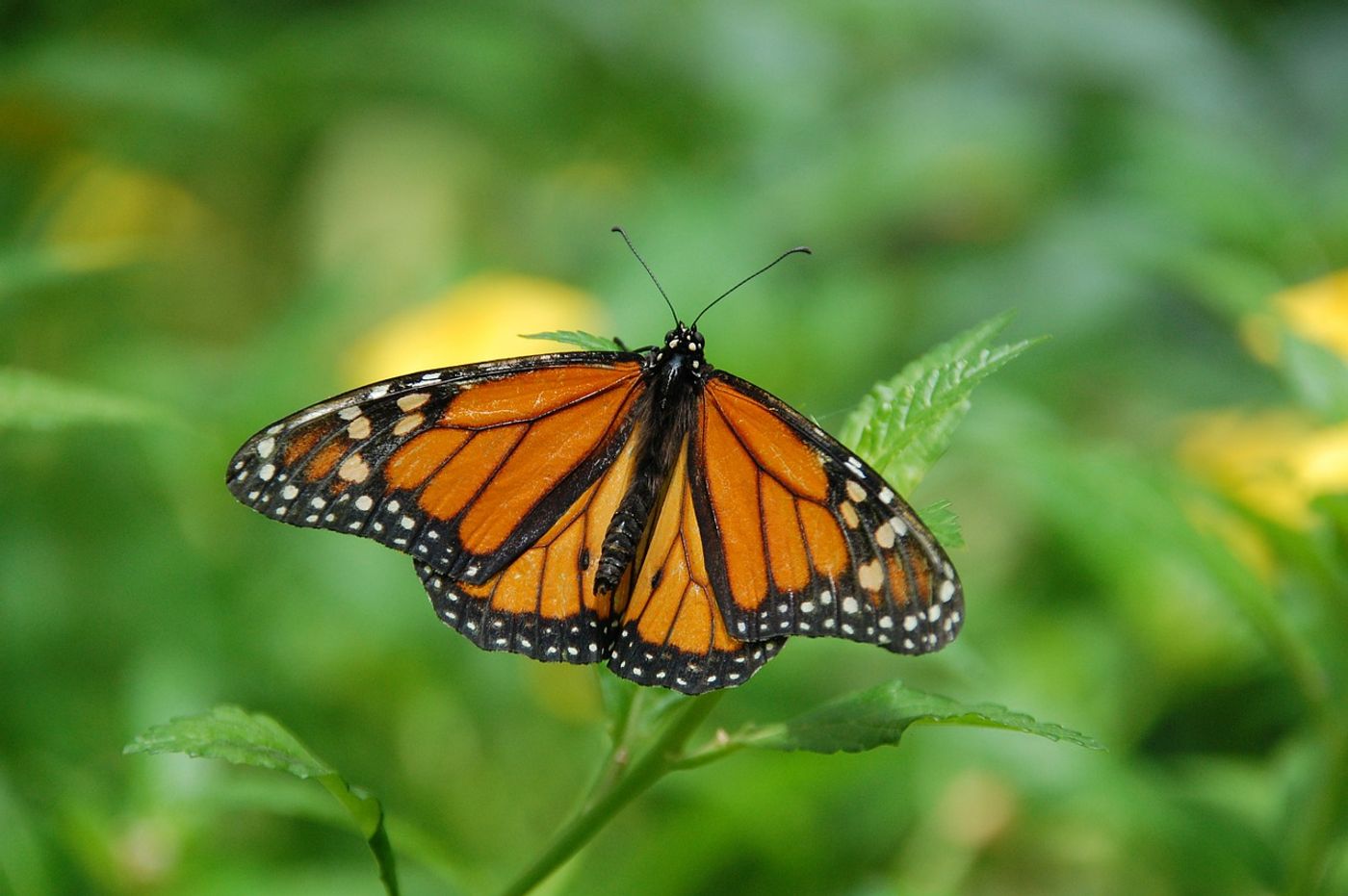Study Reveals Major Decline of Monarch Butterflies in Western North America
Monarch butterflies are among some of the world’s most precious insects, not just because they’re beautiful to look at as they gracefully flap through the air, but because they’re vital for plant pollination. Unfortunately, monarch butterflies are experiencing a significant population decline throughout western North America.
Image Credit: Yolanda/Pixabay
A new study published in the journal Biological Conservation by researchers from the University of Washington Vancouver highlights how imperative it is that we do something to protect the species before it’s too late.
“Western monarchs are faring worse than their eastern counterparts,” said study lead author Cheryl Schultz from Washington State University Vancouver. “In the 1980s, 10 million monarchs spent the winter in coastal California. Today there are barely 300,000.”
These alarming figures illuminate the magnitude of trouble the species now faces. At this rate of loss over such a short period, experts are concerned that we don’t have long until the migratory species inches toward extinction.
“This study doesn't just show that there are fewer monarchs now than 35 years ago,” Schultz continued. “It also tells us that, if things stay the same, western monarchs probably won't be around as we know them in another 35 years.”
Video Credit: WSU
The study factored figures from monarch butterfly population counts from various surveys conducted between 1980 and 1990, enabling researchers to model and predict the probability of future species loss if current trends continue.
Related: UK scientists 'shocked' by record lows in butterfly counts
It doesn’t take a rocket scientist to say that a loss of more than 9,700,000 butterflies over just 35 years is alarming. On the other hand, it’s tricky to figure out what caused the problem in the first place and how we’re going to preserve the species given the losses they’ve already endured.
Discovering the catalyst behind this significant decline is proving to be a challenge, but experts in the field seemingly attribute the problem to the same typical reasonings behind the losses of honey bees. Both heavy pesticide use and overdevelopment of the insects' natural habitat, among other things, are thought to play a role.
Related: Urbanization is hurting butterfly populations
Because of all the uncertainty, there's no telling what the future holds for the monarch butterfly. Regardless, the United States Fish and Wildlife Service is reportedly considering the species for inclusion under the Endangered Species Act as a threatened species, which could help protect it from further harm.
We can only hope that it's possible to reverse these upsetting monarch butterfly declines. The key to success is catching the problem in the nick of time, rather than waiting until it’s too late. Importantly, further research is required to learn more about the insects' biology and what we can do to save them.









